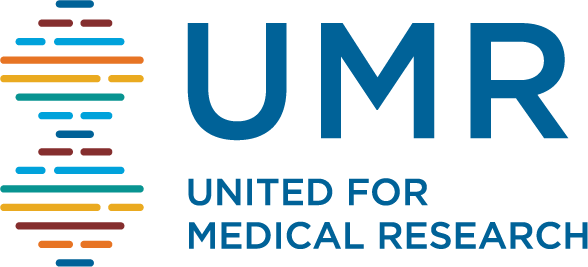October 18, 2023
NEW REPORT REVEALS EXPONENTIAL IMPACT OF
NIH RESEARCH FUNDING TO RURAL STATES
From 2016-2022, residents, businesses and state economies benefited from a growing NIH budget
·
WASHINGTON, DC — October 18, 2023 — A new report from United for Medical Research (UMR) reveals the exponential impact that research funding from the National Institutes of Health (NIH) has in rural states. How Rural States Benefit from Strong NIH Funding is based on an economic analysis of seven rural states from 2016-2022. The states examined are Alabama, Arkansas, Kentucky, Maine, Mississippi, New Hampshire and West Virginia. They are seven of the ten-most rural U.S. states and have an average GDP of just over one-fourth the average GDP of the rest of U.S. states. The report was released at a Capitol Hill briefing where West Virginia Senator Shelley Moore Capito and Congressman Steve Womack (AR-3) spoke.
“Throughout my time in Congress, I have worked to expand resources available to NIH because I have seen the direct impact it makes in my state of West Virginia. Through this support, institutions across my state have led groundbreaking biomedical research that invests in the wellbeing of our residents and improves our medical understanding and practices across the country. I thank UMR for inviting me to speak and for all their work and dedication in this field,” Senator Capito said.
“Investments made today in biomedical research, treatment, and cures first and foremost save lives. I also realize they reduce long-term health costs, create jobs, and spur the economy of tomorrow,” said Congressman Womack. “United for Medical Research’s thorough report proves this and showcases the great work happening in my home state of Arkansas. I’m grateful for their dedication to medical research and development. I look forward to continuing to support wise, forward-looking, and effective policies that help advance these lifesaving, economic-boosting efforts in our health system.”
The timespan examined in the report matches a period of strong congressional funding for NIH after a long period of flat funding. Each of the states examined benefited significantly because of the NIH funding received — an average total of more than $2.2 billion of new economic activity was generated during this period along with more than 14,500 jobs. Conversely, had the NIH budget remained flat, much of this benefit would have been lost, along with an untold negative impact on research, innovation and public health.
“These rural states are important reminders of the tremendous return on investment that results when Congress prioritizes medical research funding through the NIH,” said UMR President Chris Austin. “Regardless of the amount of NIH funding that goes into a state, it has an exponential impact that extends far beyond its primary purpose of improving health through research. Now, more than ever, it is crucial that Congress keep the NIH on a steady, sustainable growth path.”
In addition to directly supporting jobs and funding important medical research, including clinical trials, NIH grants awarded to researchers and organizations in a state generate sales for instate businesses, spur the creation of additional jobs, contribute to state and local tax coffers, boost household incomes, and help attract highly skilled workers to a state, enhancing its labor force.
As the report illustrates, these benefits are all the more important in rural states where it is often the case that population growth is slowing or declining; there are higher rates of chronic health conditions; and a higher portion of the population is enrolled in Medicaid and Medicare and a higher portion of the state budget is spent on these programs.
Additional findings include:
- In 2022, every $1 NIH funding generated $2.3 of rural state economic activity.
- The R&D sector has significantly higher pay and job growth rates than other sectors in these rural states. In 2022, average annual pay in the R&D sector was almost two times the average of the other sectors in every state and from 2016-2022, average R&D job growth across the seven states was 36%.
- The collective impact on household earnings in each state in 2022 (included as part of total economic activity) was an average of $112 million.
- An average total of $31 million in tax and fee revenue (included as part of total economic activity) flowed to state and local entities in each of the states in 2022.
- Had the NIH budget stayed flat and not grown from 2016-2022, each state would have lost an average total of over $500 million in economic activity and more than 3,360 jobs.
The economic analysis for this report was performed by Ronald Horst, Ph.D., Inforum, June 2023.
Access state-specific findings, data tables and the full report at:
https://www.unitedformedicalresearch.org/ruralreport
